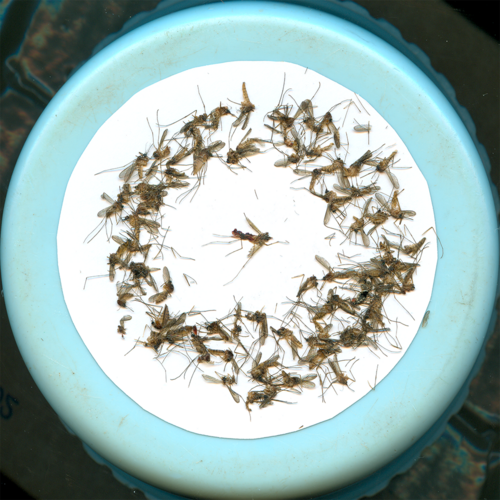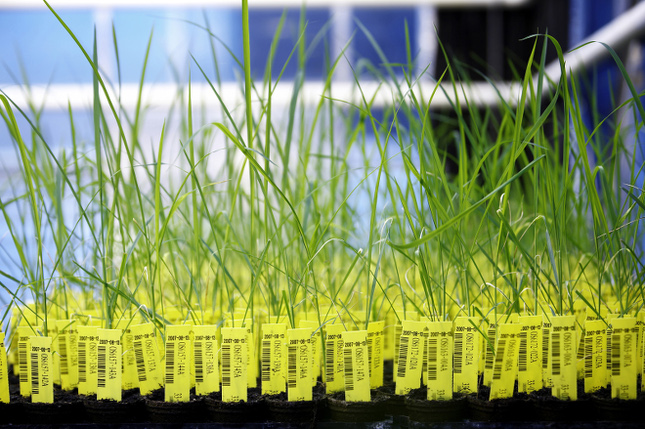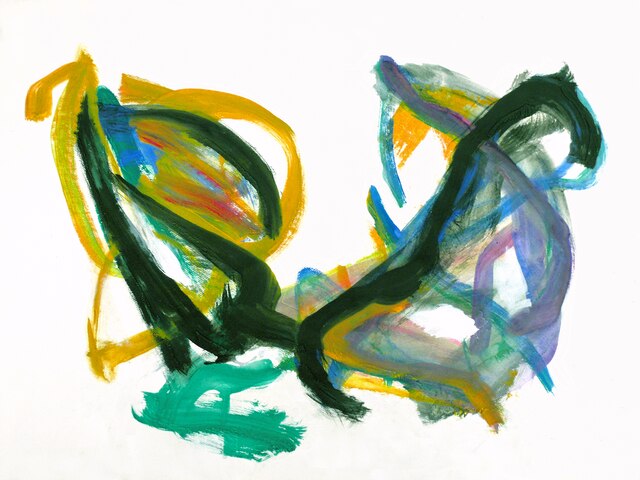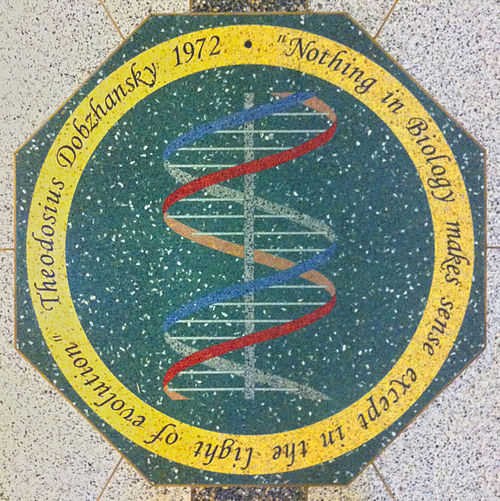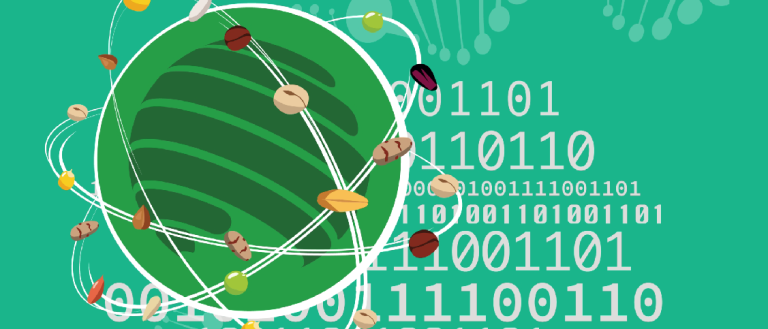Farmers burst in international debates on cultivated biodiversity
Farmers are organising themselves to defend the preservation and renewal of millions of local peasant seeds in their fields in the arenas of global governance. They are thereby fighting the industry’s attempts to reduce this immense diversity to a few patented gene combinations.
Founded in 1993, La Via Campesina (LVC) is now the world’s leading peasant organisation, representing over 200 million farmers. It came to light at the major international demonstrations organised at the turn of the 21st century against the free trade agreements of the GATT and then the WTO. century against the free trade agreements of the Gatt and then the WTO, where it demanded that “agriculture be taken out of the WTO”, which has since been extinguished in favour of numerous bilateral trade agreements [1].
Farmers’ right to seeds : a long struggle
However, LVC has not abandoned other international bodies. In 1991, a farmers’ delegation led by Yves Manguy, the first spokesman for the Confédération Paysanne, went to the meeting of the Union for the Protection of New Varieties of Plants (UPOV) to adopt a new convention. It obtained the support of the “South” countries (a semantic shortcut for countries that are not part of the so-called “North” block : North America, Europe, Japan, Australia and New Zealand) to reject the attempt by the “North” countries to abolish the right of farmers to use the seeds from their own harvests, a right then left to the discretion of each country.
In 2001, the International Treaty on Plant Genetic Resources for Food and Agriculture (ITPGRFA) recognised farmers’ rights to protect their knowledge and to save, use, exchange and sell their own seeds. This recognition was gained in return for access by the seed industry in rich countries to millions of seed samples collected from farmers’ fields, mainly in the “South”, and stored in gene banks. But this recognition was left to the discretion of national laws, which were free to make it subject to intellectual property rights (IPR) and seed laws imposed by the WTO. A right to “share the profits” from patents was added to ensure acceptance of the introduction of the fox of seed privatisation into the henhouse of farmers’ rights. Bypassed by the industry, this sharing is reduced to a few symbolic dollars paid to researchers, NGOs or institutions linked to the seed industry, and not to autonomous farmers’ organisations. The access to seeds stored in gene banks is theoretically conditional on the commitment not to claim any IPR that could limit access to these seeds, or their genetic parts or components, for research and breeding purposes.
2022 : A first light ?
In 2007, LVC was invited to speak at the opening of the second meeting of the ITPGRFA Governing Body, which brings together representatives of all the countries that have ratified the Treaty every two years. Noting that the Treaty had fulfilled its first mission of facilitating access to plant genetic resources, LVC demanded the immediate fulfilment of its second mission : the effective and unrestricted application of Farmers’ Rights. Supported by the countries of the “South”, the main suppliers of these resources, this demand was opposed by the rich countries. Since then, LVC has defended these rights at every meeting of the ITPGRFA within the International Planning Committee for Food Sovereignty [2], which, alongside a number of NGOs, provides a counterweight to the seed industry.
After numerous meetings, in 2022 the ITPGRFA produced a list of “Options to encourage, guide and promote the achievement of Farmers’ Rights“ [3]. The options proposed by farmers’ organisations are aimed at the stated objectives, but are accompanied by other options aimed at strengthening IPRs and the commercial monopoly of industrial seeds.
Towards a binding Convention to ensure the respect for of the rights of peasants ?
In 2008, LVC initiated negotiations with Bolivia [4], within the UN Human Rights Committee, negotiations that led, in December 2018, to the adoption of the “United Nations Declaration on the Rights of Peasants and Other People Working in Rural Areas” (UNDROP) [5]. This declaration reiterates the farmers’ rights defined by the Tirpaa by removing the reservation of national laws that may oppose them. However, it is currently optional.
One might ask whether so much effort is worthwhile in order to obtain nothing but pious hopes while the industry obtains free trade treaties and binding IPRs. The answer is yes. Farmers’ presence in these international arenas makes it possible to denounce the industry’s false promises and support the adoption of national laws protecting farmers’ rights. These national laws pave the way for transforming the voluntary UNDROP into a binding Convention.
But the industry’s manoeuvres know no bounds. At the end of the last century, the genetic sequencing of the first plant species required six years’ work by hundreds of researchers and millions of dollars. Today, it only takes a few dollars and a few hours to obtain the complete sequencing of a seed. In 2014, the ITPGRFA Secretary announced his decision to commit the Treaty to the DivSeek programme, which aims to sequence the millions of seed samples held in the collections under its governance [6]. LVC immediately denounced this initiative, which would facilitate the patenting of these genetic sequences. A year later, the ITPGRFA secretary was dismissed and the Treaty withdrew from the DivSeek programme.
The trick of genetic sequence information
In 2017, the industry and the rich countries started singing a new tune : genetic information (Digital Sequence Information, or DSI in English) is a product of research and not a genetic resource. It therefore dodges the article of the Treaty that prohibits “any intellectual property right or other right limiting facilitated access to plant genetic resources for food and agriculture or to their genetic parts or components, in the form received from the Multilateral System“ [7]. The industry thus continues to claim patents on the genetic information offered by DivSeek and to extend their scope to all seeds containing it and expressing its function (resistance to a disease, nutritional character or industrial interest, etc.). This includes seeds derived from farmers’ or traditional selections that cannot be shown to have contained this genetic information prior to the patent being claimed.
No farmer or small seed grower has access to the systematic genetic sequencing that is essential to provide proof of this anteriority. This semantic subterfuge, which transforms genetic resources into “research products“, now enables five multinationals to control 60% of the world market in certified seeds. However, it is generating strong protests from countries in the “South”, alerted by LVC and NGOs. The ITPGRFA Governing Body referred the issue to the Convention on Biological Diversity (CBD) before recently putting it back on its agenda. Meanwhile, patents on “genetic information” identifying the genetic sequences introduced into plants by new genetic modification techniques are piling up [8]. In the mean time, the European Commission is trying to abolish the traceability requirement for GM plants. Yet this obligation is the last legal tool preventing the scope of patents on this genetic information from being extended to farmers’ or traditional seeds that contain it naturally [9].
While the conflicts generated by this new hold-up on living organisms are growing, three quarters of the food available on the planet still comes from farmers’ seed systems and not from industrial seeds. Farmers everywhere are organising to develop, exchange and protect their seeds and their knowledge. The arrogance of the rich countries is increasingly being contested. The industry’s false promises only fool those who believe them, and there are fewer and fewer of them.





